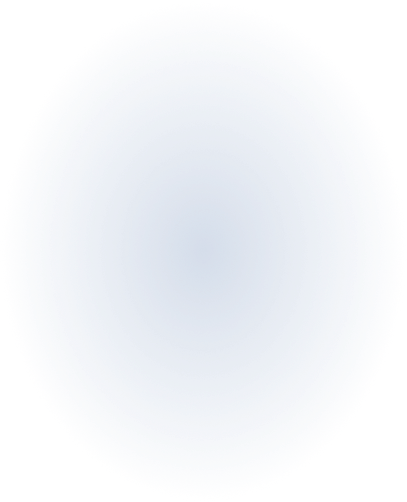Relationship Between Fundus Autofluorescence and Cell Survival

Principal Investigator
Jacque Duncan, MD
University of California, San Francisco
San Francisco, CA, USA
About the Research Project
Program
Award Type
Standard
Award Amount
$100,000
Active Dates
April 01, 2009 - June 30, 2012
Grant ID
M2009104
Goals
This project will ask whether autofluorescent lesions visible in the macula and genetic risk factors associated with age-related macular degeneration (AMD) correlate with vision loss and progression of disease severity. We will use multiple measures of retinal structure and function to measure disease severity and progression over 1 year. We will correlate these precise measures of AMD disease severity and progression with autofluorescent lesions and genes associated with increased risk of AMD.
Summary
Age-related macular degeneration, or AMD, is the leading cause of visual impairment among the elderly in the United States. Although recent research has shown that many genes play a role in determining who gets AMD, the reasons these genes make AMD more likely are not well understood. The present proposal will try to ask why some people are more likely to develop AMD and lose vision because of it by using new, high-resolution imaging techniques. The cells responsible for central vision will be studied over a one-year period to see how they change. These studies may predict who may be most likely to develop AMD based on their genes and the appearance of their retina and may provide a better understanding of the causes of vision loss in patients with AMD.
Specific Aims
- Study vision cell structure with high-resolution images in living eyes.
- Develop new technology to image individual cells that lie beneath the vision cells using their imaging properties.
- Correlate vision cell structure and survival with genes associated with increased risk of advanced AMD.
Progress Updates
Age-related macular degeneration, or AMD, is the leading cause of blindness among the elderly in the United States. Although recent research has shown that many genes play a role in determining who gets AMD, the reasons why these genes make AMD more likely in some individuals are not well understood. The present proposal will use new, high-resolution imaging techniques to study the retina cells responsible for central vision over a one-year period to see how they change. These studies may predict who may be most likely to develop AMD based on their genes and the appearance of their retina, and may provide better understanding of the causes of vision loss in patients with AMD. In the past 6 months, we have looked at the retina in the eyes of 10 patients with AMD. In two AMD patients, we were not able to obtain clear images of cone cells (i.e. the cells most concentrated in the central retina) largely due to the presence of cataracts. We have also imaged seven non-AMD subjects between the ages of 53 to 72, which should provide insight into how cones change during normal aging. In the coming months, we will continue to build a system to examine cone cells in the UCSF retina clinic. This system will let us see specific cells that lie beneath vision cells and help keep those vision cells alive. Finally, we are studying the genes that increase the risk of AMD, to see how they affect the vision cells in people with AMD and in older individuals without AMD.
Related Grants
Macular Degeneration Research
Simultaneous Structural and Functional Imaging of the Retinal Pigment Epithelium
Active Dates
July 01, 2014 - March 01, 2017

Principal Investigator
Omid Masihzadeh, PhD
Current Organization
University of Colorado School of Medicine
Macular Degeneration Research
Improved Characterization of Early AMD Phenotype by Combining Novel Imaging, Physiological Markers, and Genotypes
Active Dates
July 01, 2013 - June 30, 2015

Principal Investigator
Chi Luu, PhD
Current Organization
Centre for Eye Research Australia (Australia)
Macular Degeneration Research
Anti-Retinal Autoantibodies as AMD Biomarkers
Active Dates
July 01, 2012 - June 30, 2015

Principal Investigator
Wei Li, PhD
Current Organization
University of Miami Miller School of Medicine



